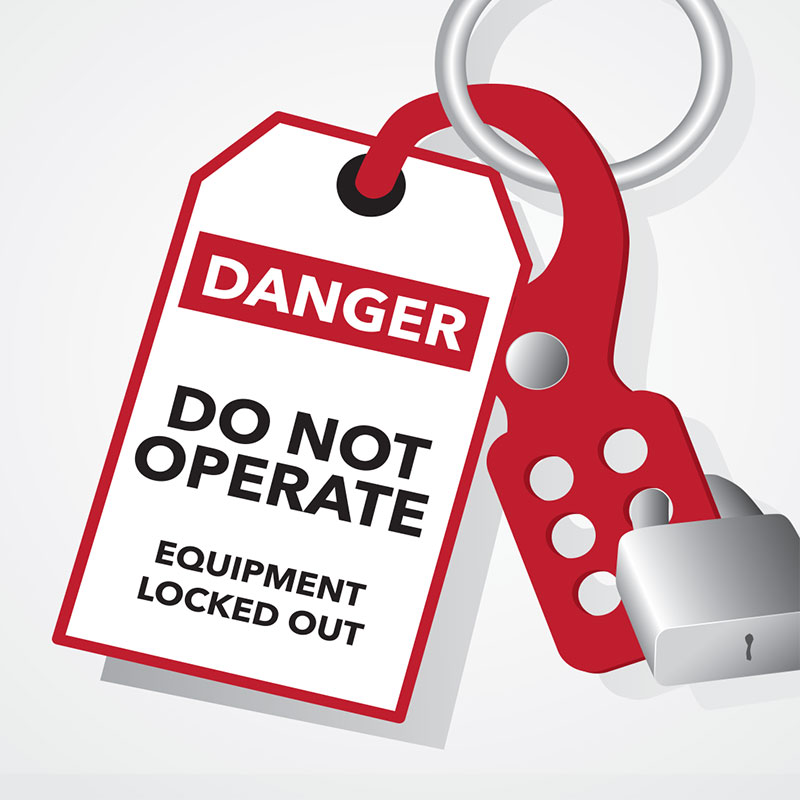You will not believe this!
Incident # 1: New employee with 2 weeks experience decided to clean his machine during breaktime. Nobody did that! And during breaktime, maintenance was tasked with repairing this same machine. The line-worker turned the corkscrew conveyor OFF and proceeded to clean. At same time, maintenance turned the machine ON, to make repairs and adjustments. They never saw each other, but from the loud scream, it was obvious something went terribly wrong. Line-worker’s arm was amputated just below the elbow.
Incident # 2: Maintenance crew of 2 were investigating a squeaking noise coming from a large HVAC “air handling unit”. Reportedly, normal procedure was to turn off unit, remove door, pick up a piece of wood (2×4, about 4 foot long) and push the board against the fan belt to slow the blades down to a complete stop, then make repairs as needed. However, the piece of wood was missing so he decided to stop the spinning fan blade by squeezing the fan belt with his hand.
FYI, the blades would have stopped spinning on their own after about 10 minutes. He was wearing leather work gloves but the gloves did NOT protect his hand which was pulled right through the pulley, resulting in 4 fingers almost being completed amputated.
Incident # 3: This machine’s normal operation was to run with the guards removed because the operators were frequently having to clean it out to keep production running. Every 15 minutes the operator would insert a broom into the machine, while machine was running, clean it out. On one occasion a worker got his arm caught between two conveyor belts and resulted in a minor injury (skin burn). But on another occasion, same process, a worker got pulled into the machine, up to his ankles, with severe injuries.
Lockout / Tagout is NOT difficult to implement. It makes total sense, yet is often violated.
Do # 1: Begin by conducting a hazard assessment to identify each machine or process that may require LOTO and by who? (maintenance, workers, supervisors, contractors, etc.).
Do # 2: With help from employees, develop a written LOTO Safe Job Procedure (SJP). Some companies contract out to professionals who specialize in LOTO. But you can do this yourself.
Make sure it is simple and easy to read. Jethro Bodine with a 6 th grade education should be able to follow the instructions perfectly.
Do # 3: Now this is the hard part. You must do the training and hold employees accountable.
Doesn’t sound “hard” but it must be because so many organizations do NOT do this very simple thing.
It is rare to find any company that will boast of their LOTO “zero defect” program. We all make mistakes, but we can “STOP THE MADNESS” by doing these 3 simple things.


